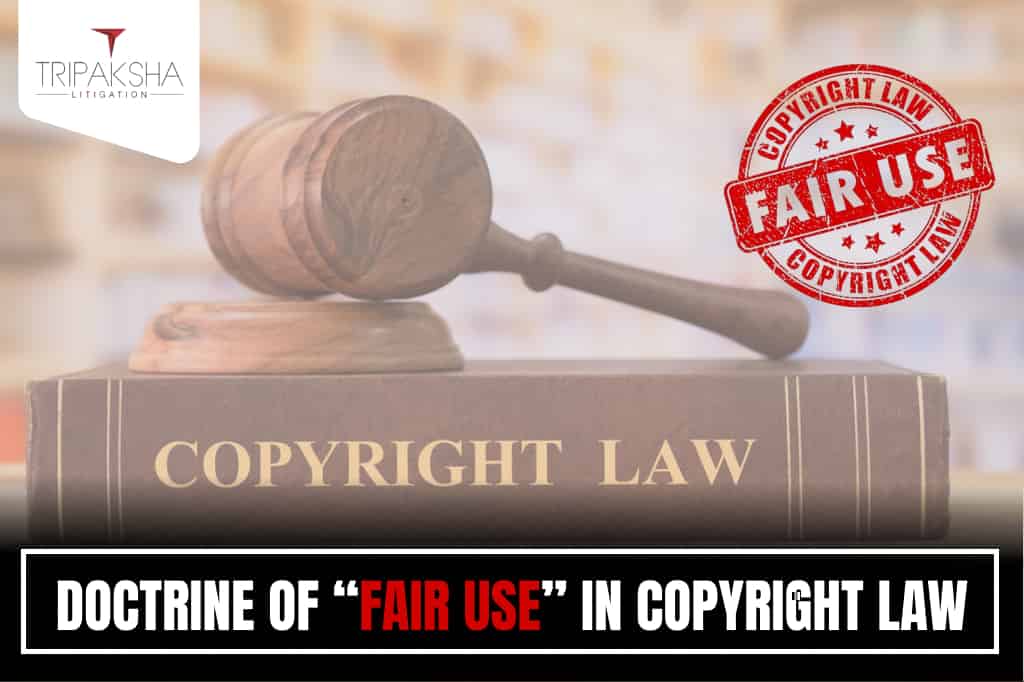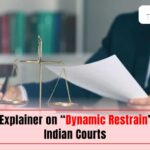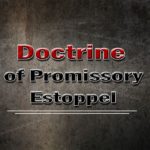The general principle of Copyright law is to protect the original literary, dramatic, musical, artistic work of the author; however, it is also necessary that knowledge and information are freely disseminated to the general public. The concept of “fair use” helps in striking a balance between the rights of the Copyright author/owner and interest of general public. In Copyright law the author upon getting copyright on his work, secures the exclusive right to reproduce, publish store etc. of his work, for the financial benefit or otherwise. If any of such act relating to copyright work is carried on by another person without permission, the act constitutes infringement of the Copyright. However, The Doctrine of fair use permits the limited use of the Copyright work by any person without obtaining the permission of the author or owner.
Doctrine Of Fair Dealing In Indian Law
Fair dealing is a statutory defence provided under sub-section (a) of section 52 of the Copyrights Act 1957. Though the phrase fair dealing has not been defined in the section, but extensively incorporates the defence of fair dealing, excluding certain acts of copying the protected work from the purview of copyright infringement, and enables various forms of expression such as commentary, criticism, education and parody. The ambit of fair dealing has been even enlarged by incorporating the words “any work” by an amendment act 2012.
i. Private or personal use, including research:
This defense is based on the idea that the research and study is necessary to generate new works. Additionally, it acknowledges the importance of non-commercial research and study and thereby helps in maximizing the production of work. In order to come within the defence of fair use the copy of the work must be for defendant’s own research or study.
ii. Criticism or Review:
The first exception which is the criticism or review can focus on a particular feature of the work, the entire work, or the specific idea or the philosophy of the work. The person copying the work thus can freely quote the relevant para from the original work of the author. It is permissible to quote from other comparable works for the purpose of exemplifying the criticism. Quotation may be taken from a copyrighted work for the purpose of review or criticism. The work copied should not be of such nature as to supersede the original work, nor to such an extent that the review becomes a substitute for the book reviewed.
iii.Reporting current events and current affairs, reporting of lecture delivered in public:
The reporting of current events defence aims to strike a balance between protection of rights of creative authors and the wider public interest. The defence put in reporting the current events and affairs is made with the intention to educate more and more people the matter of present concern. In deciding whether the work is being used for this purpose, a useful test may be whether it is reasonably necessary to refer to the work in order to deal adequately with the events in question.
Factors In Deciding The Fair Use Of Work
Though the ambit of fair dealing has been extended considering the present need of free flow of knowledge, however a number of different factor and the objective standards to be considered while deciding whether a particular dealing is fair or not. In an Indian case titled India TV Independent News Service Pvt. Ltd. Vs. Yashraj Film Pvt. Ltd, 2012 SCC OnLine Del 4298, four-factor test was explained to reach to the conclusion whether a copied work falls under the fair use criteria or is an infringement of the Right of the author. The factors discussed as follows;
1. Purpose and character of the use, whether any monetary profit is generated through such work.
The first factor examines that the material is used is to create a replica of the work and is merely the verbatim use or to create something new serving a transformative purpose. Transformative uses typically involve adding new expression, meaning, or insight to the original work. For instance, a parody that uses elements of a copyrighted song to create a humorous commentary on a social or cultural issue would likely be considered transformative. On the other hand, merely reproducing a work without adding significant new value may weigh against a finding of fair use. It is further needed to noted that whether from such work reproduced have any monetary benefits attached, and thereby deprive the author or owner of his income.
2. Nature of the copyrighted work:
The second factor considers the nature of the copyrighted material itself. Courts may evaluate whether the work is factual or fictional, published or unpublished, and whether it falls into a category that is typically afforded greater protection, such as creative works like novels, films, or music. Generally, the more creative and original the work, the narrower the scope of fair use. However, this factor is not determinative, and transformative uses of highly creative works can still be deemed fair.
3. Amount and substantiality of the portion used:
This factor examines both the quantity and quality of the portion of the copyrighted work that has been used. While there are no strict quantitative rules, courts may consider whether the portion used is necessary to achieve the intended transformative purpose. In some cases, using even a small portion of a work may weigh against fair use if it constitutes the “heart” or essence of the work. Conversely, using a larger portion may be permissible if it is justified by the transformative nature of the new work.
4. Effect on the potential market:
The final factor assesses the impact of the use on the market for the original work. If the new work competes with the original or serves as a substitute for it, this may weigh against fair use. However, if the use is unlikely to affect the market for the original work or if it generates new markets or opportunities, this may support a finding of fair use. Additionally, nonprofit, educational, or other non-commercial uses are generally more likely to be considered fair.
CONCLUSION:
The safeguard of fair use boasts the creativity and enables the exchange of ideas, and is not a tool to escape the liability of infringing a copyright work. Rather, it is a delicate balance between the interests of copyright holders and the public interest. By considering the purpose and character of the use, the nature of the copyrighted work, the amount and substantiality of the portion used, and the effect on the potential market, individuals and organizations can navigate the complexities of fair use and contribute to a vibrant and dynamic creative ecosystem.
You may contact me for consultation or advice by visiting Contact Us and Call us








